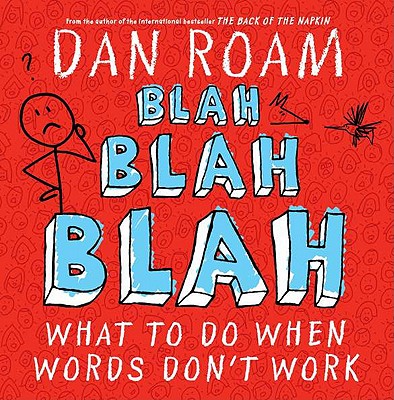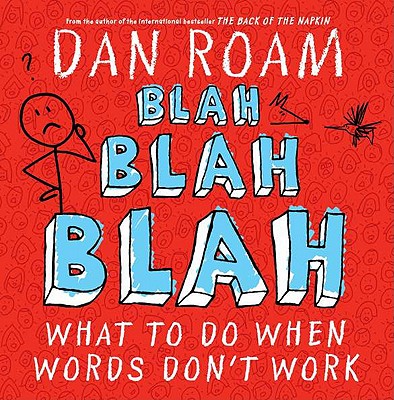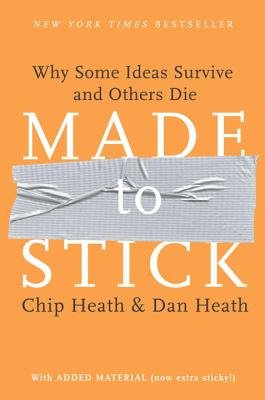Jack Covert Selects - Blah Blah Blah
November 11, 2011
Blah Blah Blah: What to Do When Words Don’t Work by Dan Roam, Portfolio, 350 pages, $29. 95, Hardcover, November 2011, ISBN 9781591844594 We’ve been fortunate to spend time with Dan Roam over the years, and his new book, Blah Blah Blah is as high-energy, insightful, and creative as he is. Blah Blah Blah is a book that may just be impossible to give justice to in a review.
Blah Blah Blah: What to Do When Words Don't Work by Dan Roam, Portfolio, 350 pages, $29.95, Hardcover, November 2011, ISBN 9781591844594
We've been fortunate to spend time with Dan Roam over the years, and his new book, Blah Blah Blah is as high-energy, insightful, and creative as he is.
Blah Blah Blah is a book that may just be impossible to give justice to in a review. From cover to cover, Dan Roam uses his great skill at communicating through words and pictures to inform us, charm us, and convince us to accept his belief that ideas become clearer when they are represented by pictures. Not that words aren't important—this book is full of them—but Roam explains that:
Words are abstractions, the ultimate mental shorthand. When we know what they mean, words instantly call to mind ideas, images, feelings, and memories. When we all speak the same language, our words offer near-perfect communications efficiency. ... But the extraordinary verbal efficiency of words also has a steep downside. Like all abstractions, words are by definition distinct from the actual "things" they represent. If we are unclear in our own mind about which specific "thing" our word means or if we're unclear when we share words with other people, the whole system crashes.Roam's solution? Make communication less of an abstraction by using pictures to help guide understanding, to learn more quickly and to share ideas more clearly.
Start with Roam's method of creating a Visual Grammar: "When we say a word, we should draw a picture." Easy enough. Then combine that grammar into Vivid Thinking, which is more than just linking word pictures together, but about combining them in a specific way that reflects the complexity of our ideas—because Vivid Thinking is Balanced Thinking. As Roam writes:
Verbal mind, visual mind. They see the same world, but they don't see it the same way.This is important: drawing pictures as Roam suggests is not about simplifying. Nor does it dumb down our ideas. Instead, it makes them more concrete, more sticky. In fact, reading through Blah Blah Blah reminds me of my first reading of Made to Stick by Chip and Dan Heath. Perhaps it's Roam's use of the word FOREST as a mnemonic device for his 6 essentials of vivid ideas. (The Heath brothers used the word SUCCESS as a mnemonic to remember their keys to sticky ideas.) FOREST stands for Form, Only the Essentials, Recognizable, Evolving, Span Differences, Targeted.
The use of FOREST is particularly memorable because of its relations to the phrase, "He couldn't see the forest for the trees." For Roam's book offers easy to remember, easy to implement ideas that will help you see (and communicate) the forest and the trees.




